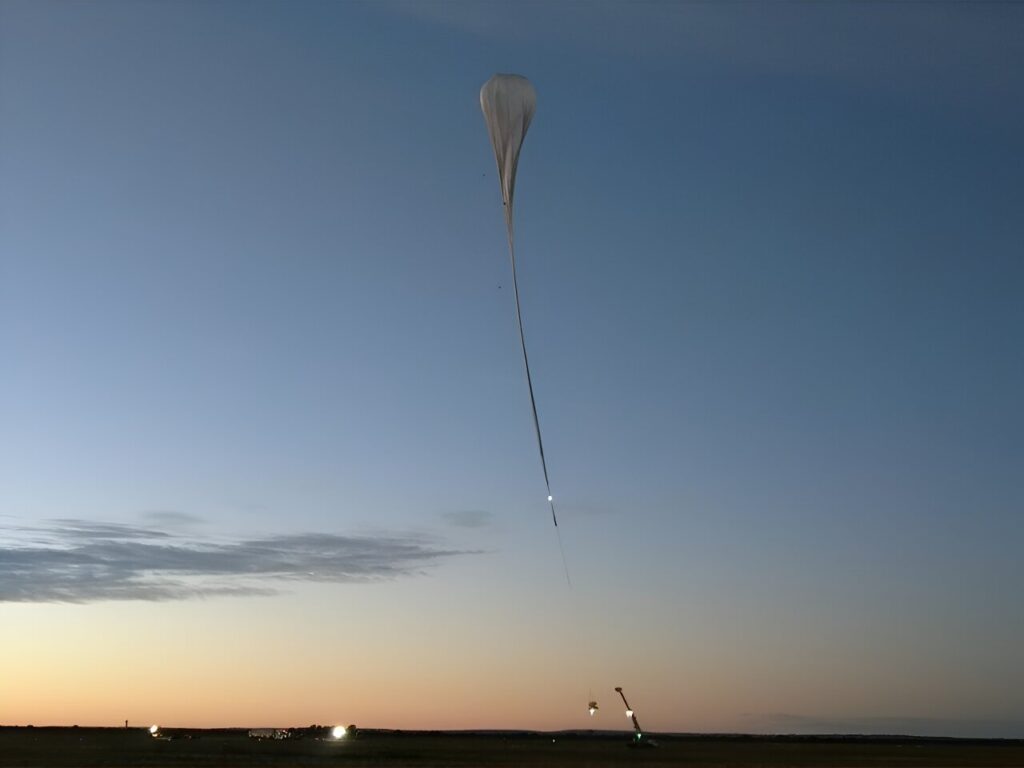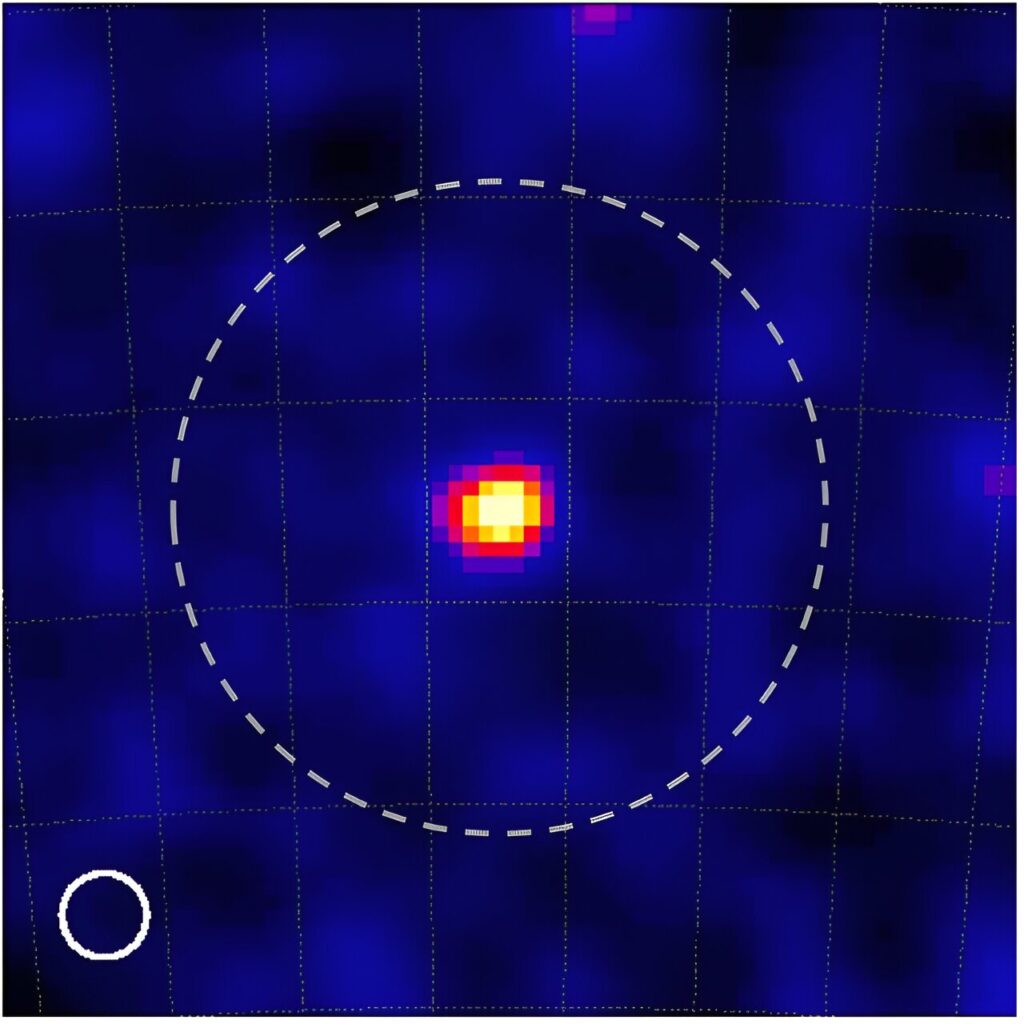Japanese scientists were able to obtain the most detailed image of a pulsar in gamma rays ever captured. To do this, they lifted a stack of photographic plates to a great height in a balloon. And then they processed it using modern analytical systems.

The most accurate gamma-ray image of a pulsar
Scientists from Kobe University in Japan were able to obtain the most accurate gamma-ray image of a pulsar to date. They did this by using the oldest known method of radiation detection, which was combined with modern data processing methods.
Neutron stars, which are all pulsars, emit in a number of bands, and each of them requires its own equipment. The most difficult to obtain images is in the gamma-ray range, because due to the long wavelength, the particles do not interact normally with matter and therefore it is extremely difficult to focus them.
Nevertheless, Japanese researchers managed to obtain an image of the famous pulsar in gamma rays. The quality of the image was 40 times better than any other. In total, the scientists managed to record the tracks of several trillion particles with an accuracy of 0.0001 m and thus determine exactly what was happening and where.

How did they manage to do it?
To achieve this result, the scientists slightly departed from modern methods of particle trapping and returned to photographic plates. They are sensitive to radiation and it was on them that it was first discovered more than a century ago. So it is not a problem to get a gamma image on them.
However, scientists also needed to know the direction from which the particles came. To do this, they put the plates on top of each other to form a stack. The gamma particles pass through it, and the way the track shifts, allows us to determine where they came from.
The next problem was the atmosphere. The atmosphere retains charged particles quite a bit. To get rid of its influence, the scientists placed a stack of photographic plates on a balloon and lifted it to a high altitude. However, another obstacle arose: the balloon swayed.
To overcome this problem, the scientists attached cameras to the balloon, combined with automatic navigation by bright stars. They made it possible to accurately set the position of the balloon’s nacelle during image acquisition.
However, it takes a lot of time to get a gamma-ray image. And it is impossible to determine when a particular particle arrived. Therefore, the scientists made the three lower layers of the stack move from side to side at a constant but different speed. By knowing their position at any given time and analyzing the displacement of the tracks, the researchers were able to determine exactly when each track was received.
Based on materials from phys.org

